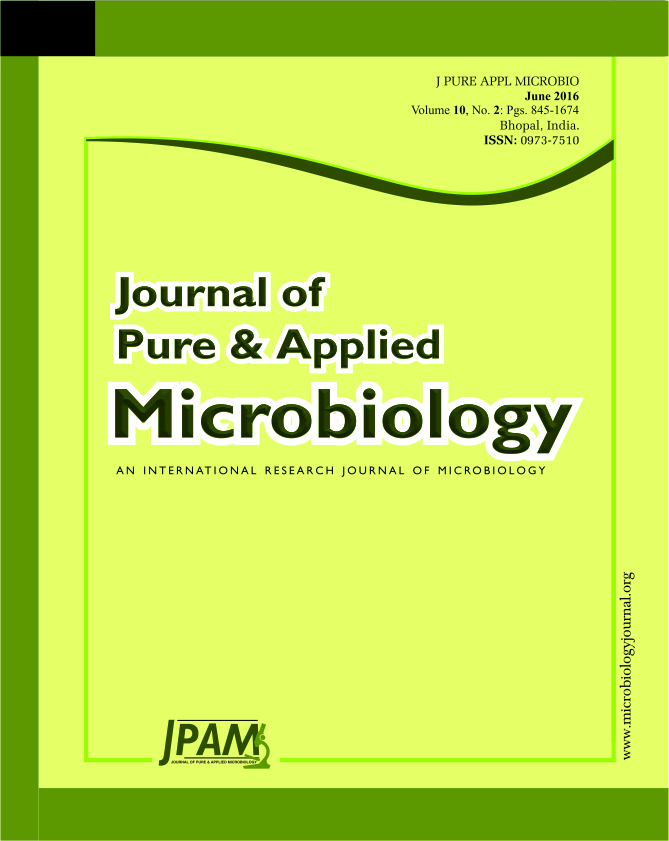A total of 109 lactating does were screened for mastitis, both clinical and sub-clinical. The goats with swelling, pain, increased temperature or abnormal milk secretion were considered to have clinical mastitis while California mastitis test was used for detection of sub-clinical mastitis. Milk samples from does detected to be positive for mastitis were collected aseptically for bacterial isolation. The bacteria were identified based on standard microbiological techniques; however, confirmation of the bacterial species was done by PCR using universal primers specific for 16S rDNA followed by sequencing. Out of 109 lactating does screened, 45 (41.28%) were found positive for mastitis. Among these only seven (6.42%) exhibited clinical manifestations of mastitis while 38 does (34.86%) had subclinical mastitis. Staphylococci and Proteus mirabilis were found to be the predominant bacteria associated with mastitis. Bacillus spp. (including Bacillus cereus), E. coli, Pseudomonas aeruginosa, Citrobacter freundii and Streptococcus were also isolated from mastitic milk. Since, enteric pathogens were isolated from 40% of mastitic milk samples, it can be concluded that poor hygienic conditions could be a major factor responsible for mastitis in lactating goats.
Prevalence, Clinical Mastitis, Sub-clinical mastitis, Bacteria, Does, PCR.
© The Author(s) 2016. Open Access. This article is distributed under the terms of the Creative Commons Attribution 4.0 International License which permits unrestricted use, sharing, distribution, and reproduction in any medium, provided you give appropriate credit to the original author(s) and the source, provide a link to the Creative Commons license, and indicate if changes were made.


